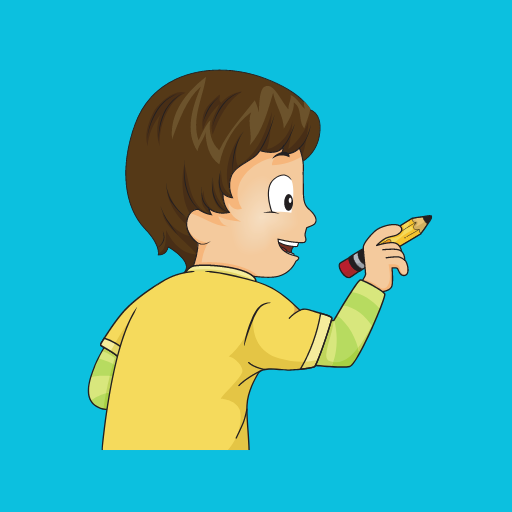Extensive Guide to Teaching First Conditional in ESL – Innovative Strategies and Engaging Activities

One of the crucial milestones in teaching English as a Second Language (ESL) is ensuring students grasp the structure and usage of conditional sentences. The first conditional, expressing possibilities in the future, may initially seem complex, particularly for lower intermediate learners. Yet, its early introduction is crucial to build students’ confidence in its application. This extensive guide offers innovative strategies for teaching the first conditional and introduces an assortment of engaging activities to solidify understanding.
Understanding the First Conditional
The first conditional, often referred to as the real conditional, represents a potential future situation and its probable result. It comprises two components – the ‘if clause’ (condition) and the ‘main clause’ (result). For instance, “If it rains (if clause), we will stay at home (main clause)”. When introducing this grammar construct, simplicity is key. Establish understanding of the basic structure before delving into more intricate expressions.
Interactive ESL Activities for First Conditional Mastery
Interactive activities are beneficial in fortifying students’ comprehension of the first conditional. They foster communication skills and promote collaborative learning. Here are a few novel exercises to consider:
- Mingling: This exercise is based on questionnaire activities, promoting interaction among students. They create questions using first conditional, exchange them with peers, and jot down their responses.
- Pass the Pig: In this dynamic game, divide students into teams and throw a small object to each team. Start by saying half of a first conditional sentence; the student who catches the object must complete it. This game encourages quick thinking and helps students practice conditional sentence formation.
- Conditional Train: An engaging twist on Pass the Pig, this game challenges students to craft a new sentence using the last clause of the previous one, forming a chain of conditionals. This activity emphasizes the interconnectedness of thoughts and ideas and promotes creativity in sentence construction.
Gamifying First Conditional Learning
To make learning the first conditional more enjoyable, consider introducing games and fun exercises that can both stimulate interest and offer practice. Here are some additional interactive methods:
- Question Strips: Form small groups and distribute strips with first conditional questions placed face down. Each student selects a strip and asks the question to their group, triggering a discussion using the first conditional structure.
- Bingo: Create unique bingo cards with sentence fragments. As you call out the parts of sentences, students strive to match them to complete first conditional sentences. This game can stimulate excitement and competition, enhancing the learning experience.
- Dice Game: Assign different conditions to each side of a die. As students roll it, they have to construct a sentence based on the condition it lands on. This game offers endless combinations and encourages creative use of the first conditional.
Warming Up with First Conditional
Integrating the first conditional into warm-up exercises is an excellent strategy to prepare students for the lesson ahead. Here are some stimulating warm-up activities:
- Pelmanism: This memory-based game involves matching cards featuring the beginning and ending of first conditional sentences. It strengthens memory recall and reinforces conditional structures.
- Board Game: Adapt games like snakes and ladders by introducing first conditional prompts. These prompts could range from forming conditional sentences to correcting errors.
- Conditional Puzzles: Create jigsaw puzzles with the two halves of a first conditional sentence on each piece. Students have to match the pieces to form correct sentences, fostering both collaborative work and conditional understanding.
Exploring First Conditional through Music
Music can be an effective tool for teaching the first conditional, providing real-world examples and appealing to auditory learners. Songs like Harold Melvin’s “If You Don’t Know Me” and Manic Street Preachers’ “If You Tolerate This” contain numerous instances of first conditional. Utilize these lyrics to spark discussions and exercises.
Role Playing with the First Conditional
Role-play encourages real-world application of first conditional structures. It provides opportunities for creative thinking and improves dialogue skills. Scenarios could include job interviews, doctor-patient dialogues, or sales pitches.
Harnessing Digital Tools
Digital tools like Kahoot! can help create engaging quizzes on the first conditional. ESL-focused websites offer interactive games tailored to conditional sentences, while platforms like British Council’s TeachingEnglish provide lesson plans and activities for various ESL topics, including the first conditional.
To conclude, regular practice is crucial when teaching the first conditional. Incorporate it into your lessons frequently, offer constructive feedback, and remember to create an engaging, fun, and interactive learning environment. With patience and persistence, students will master this essential aspect of English grammar.


